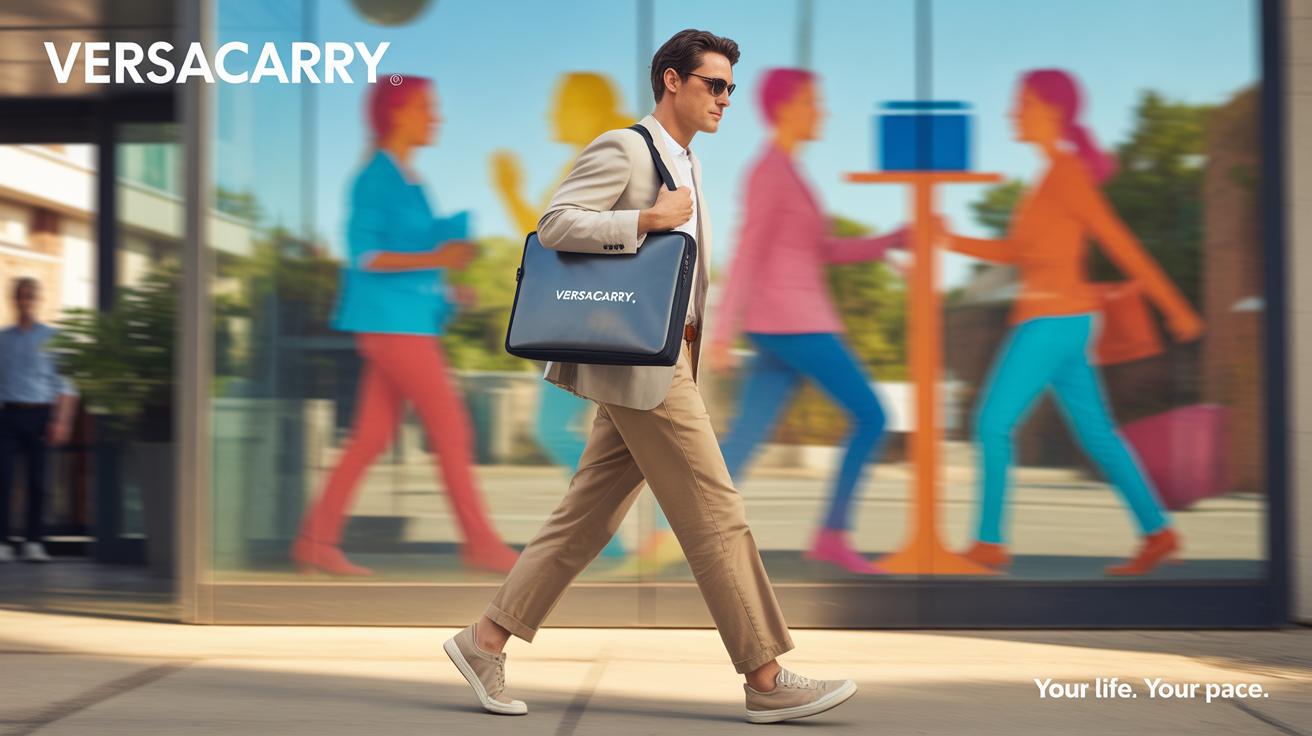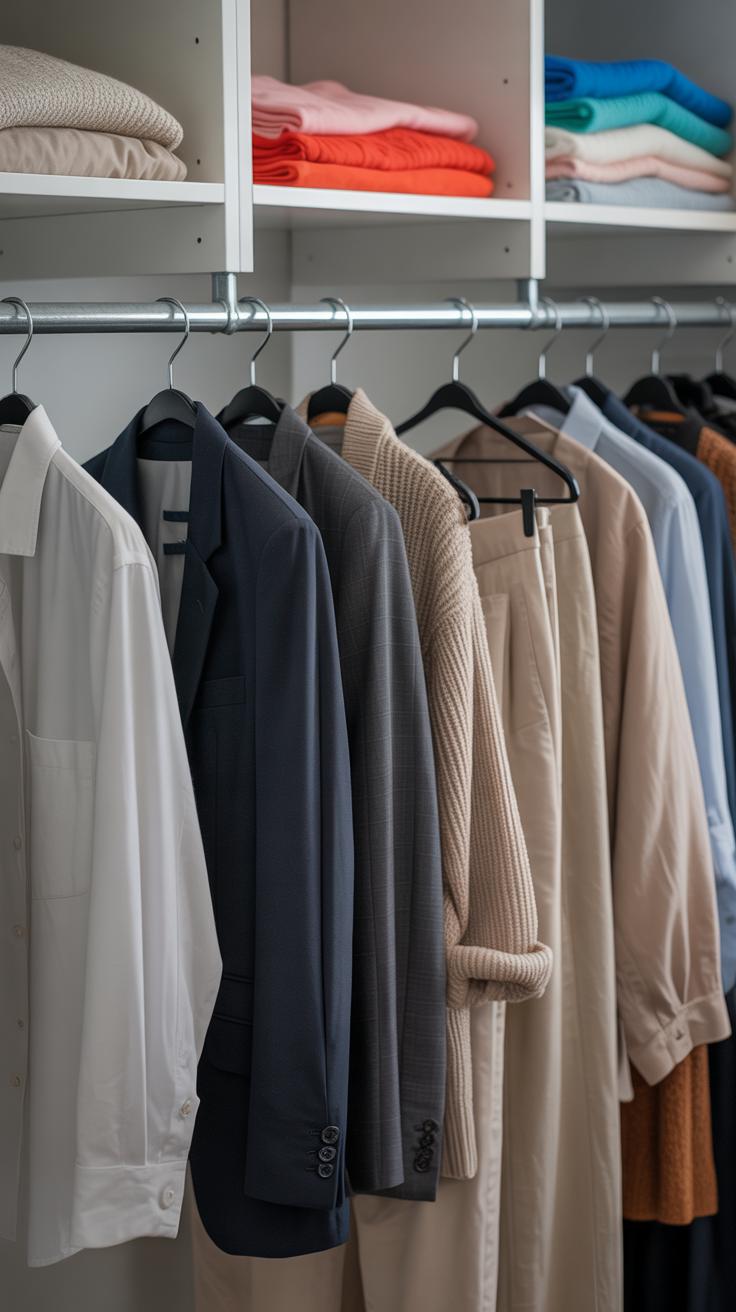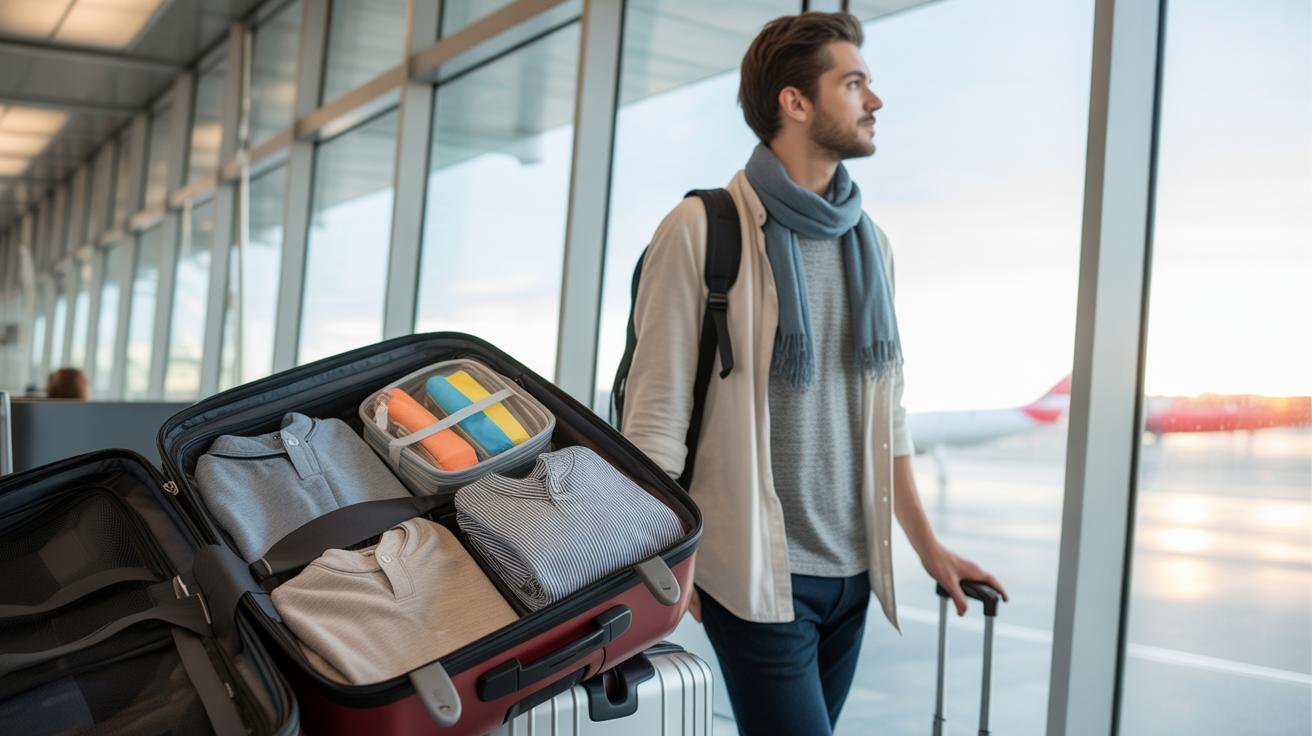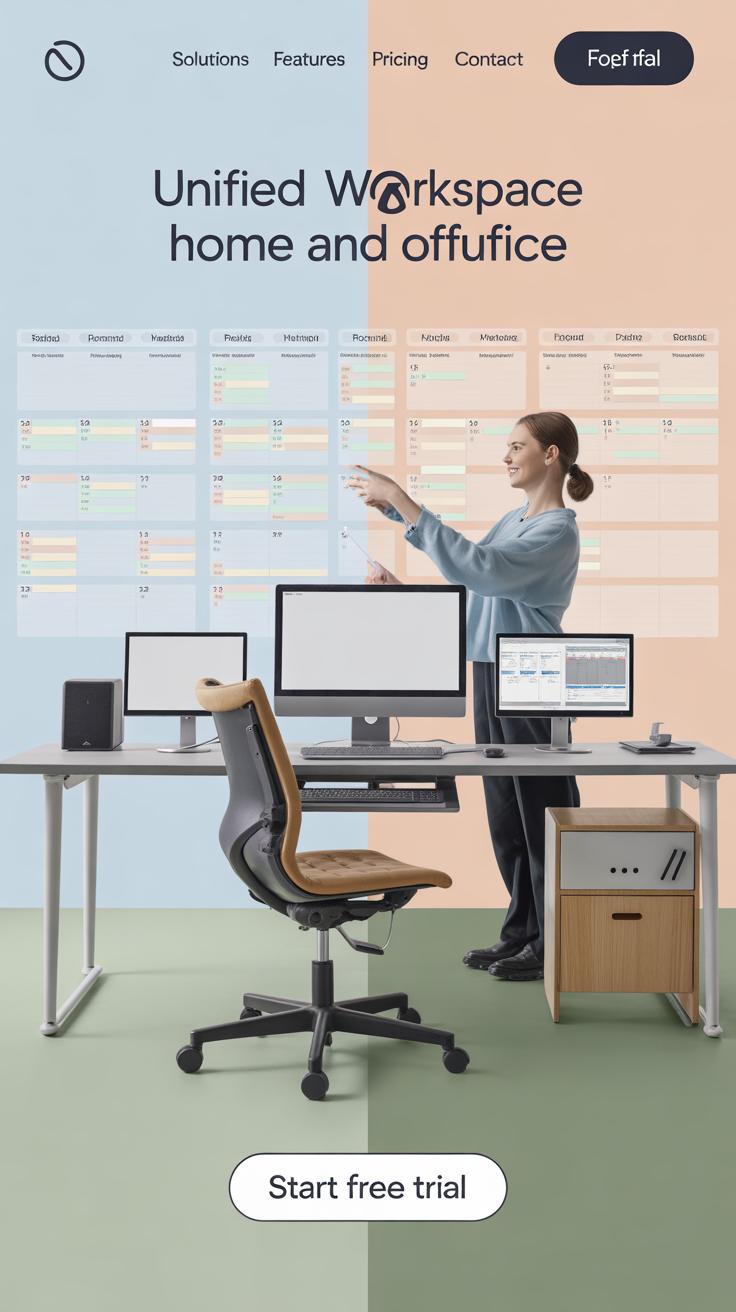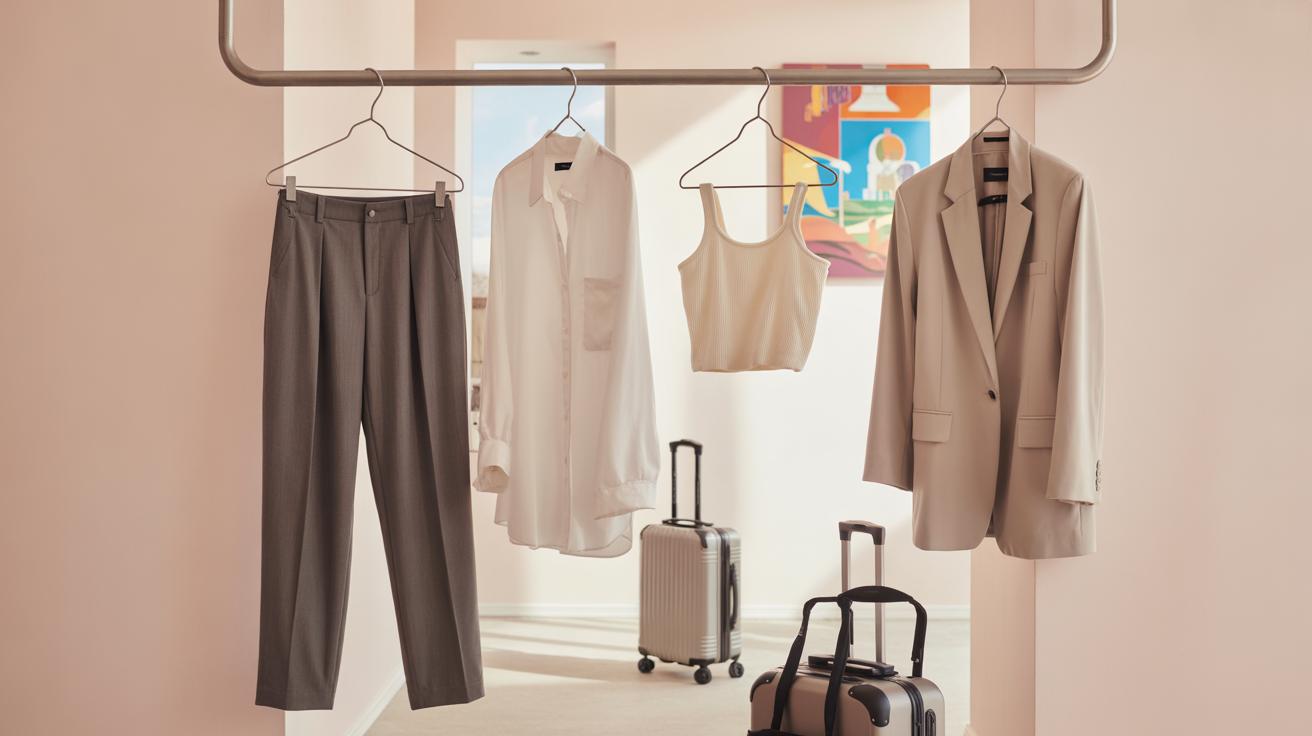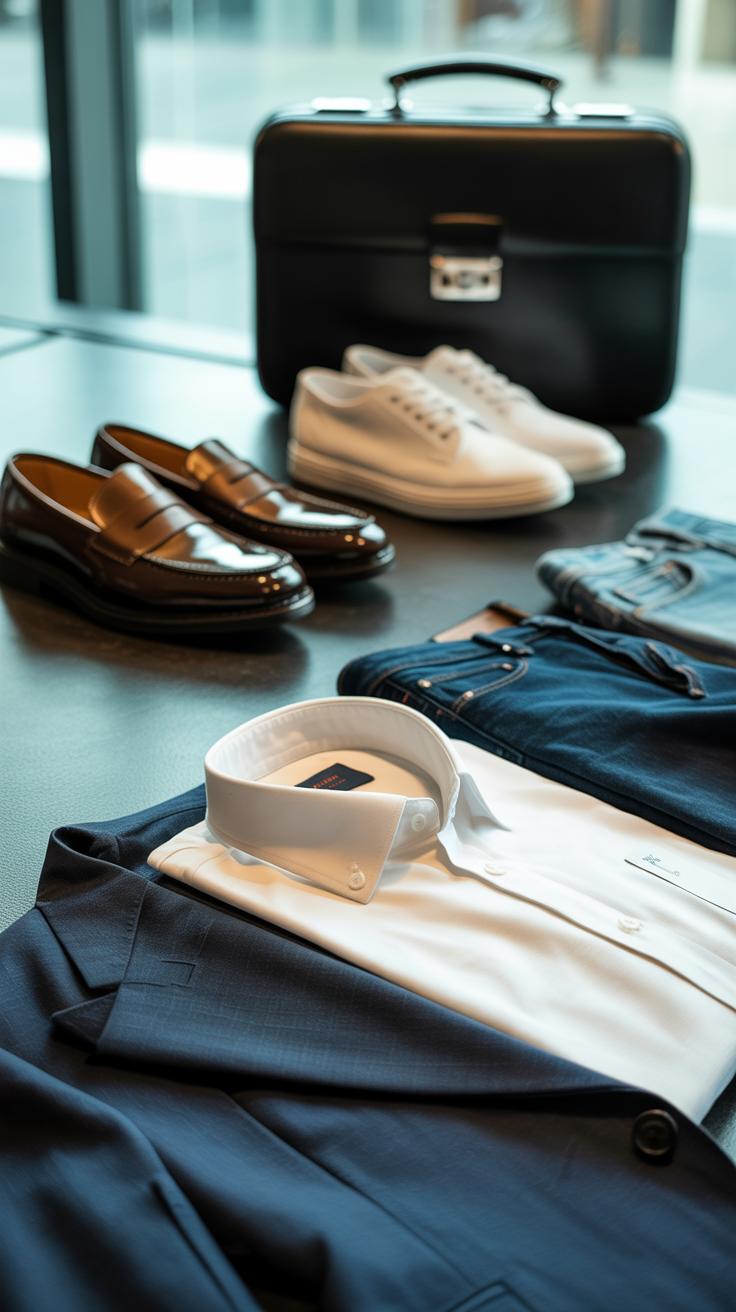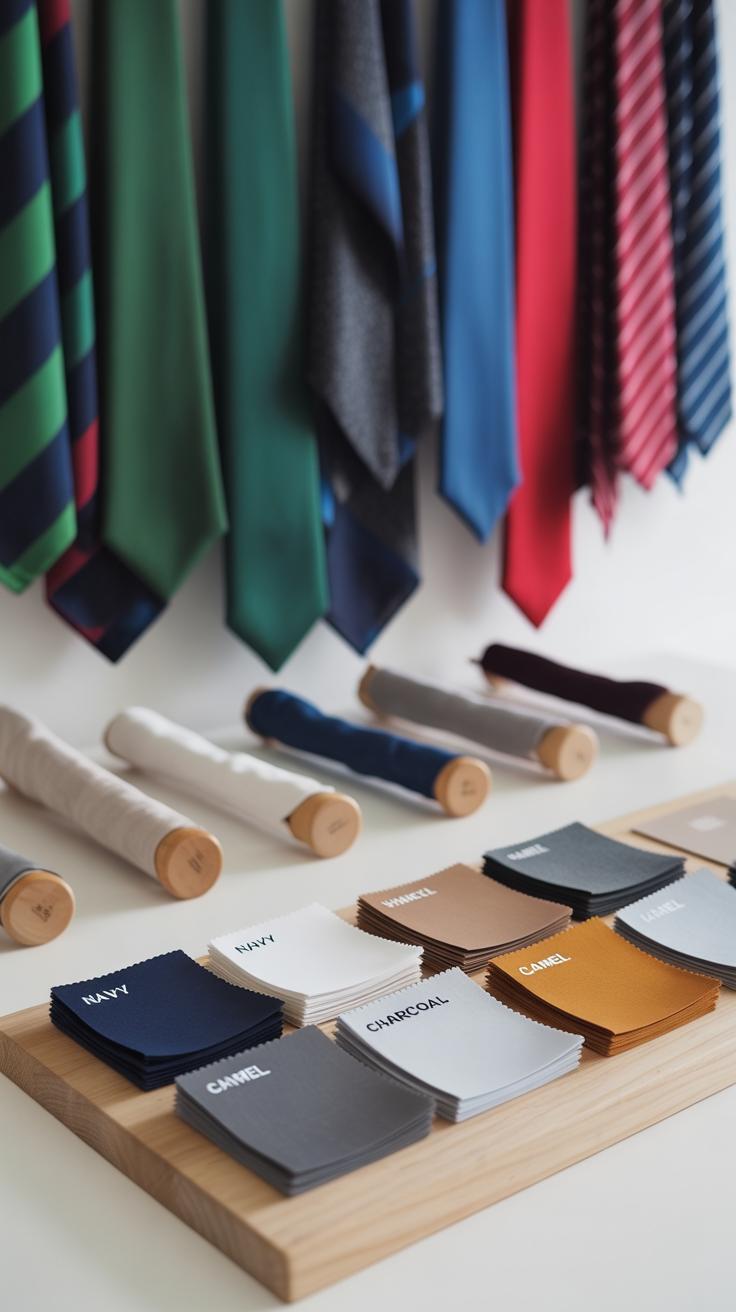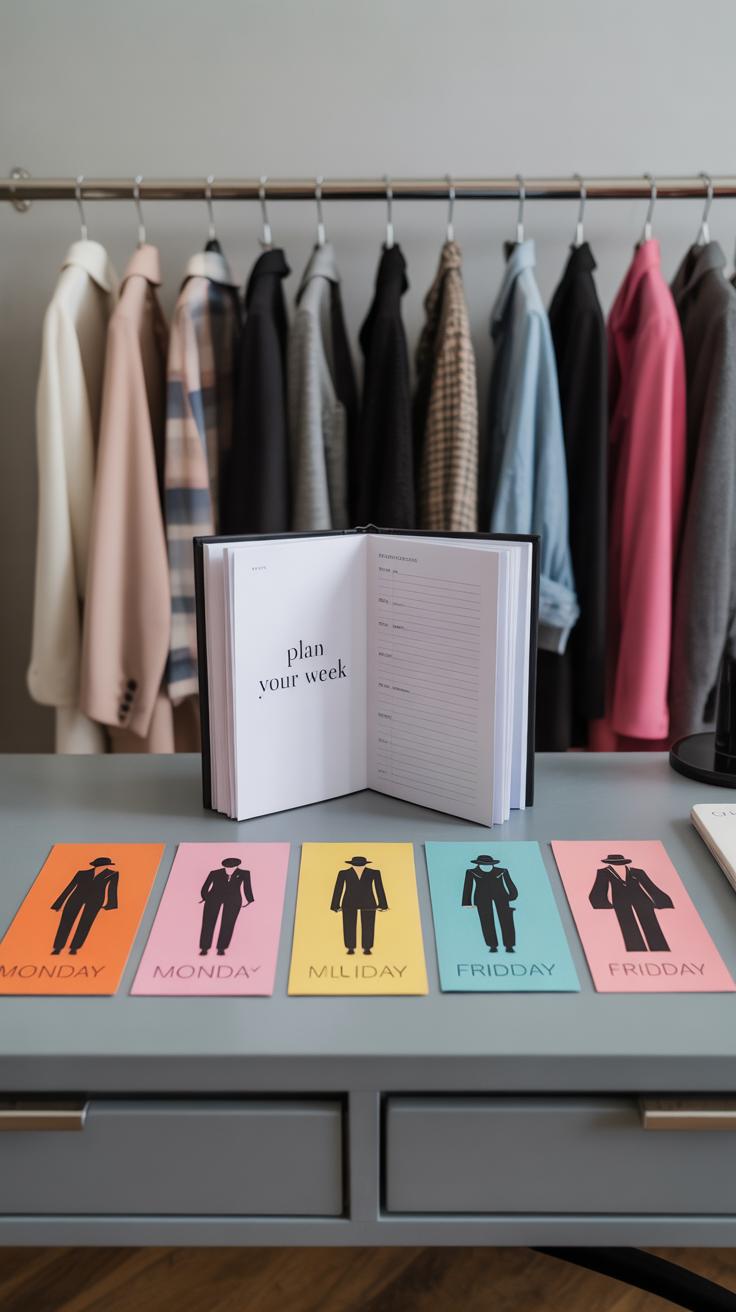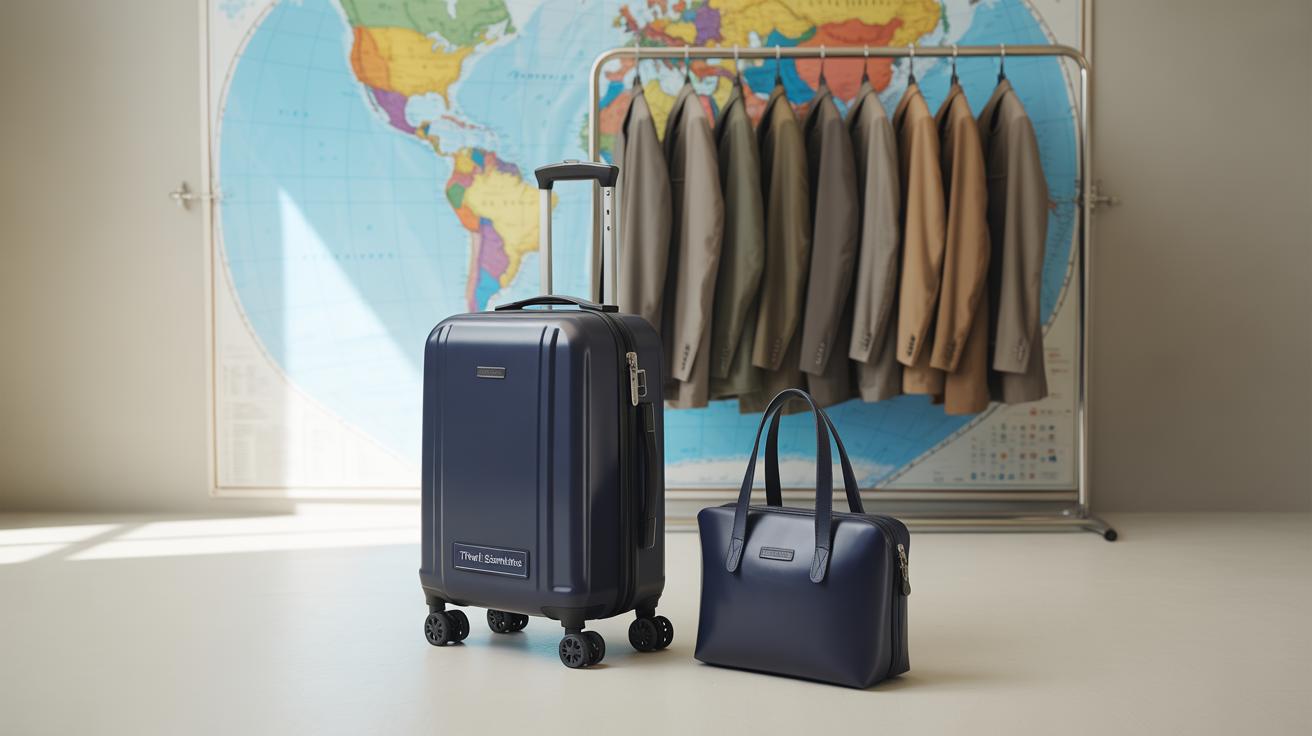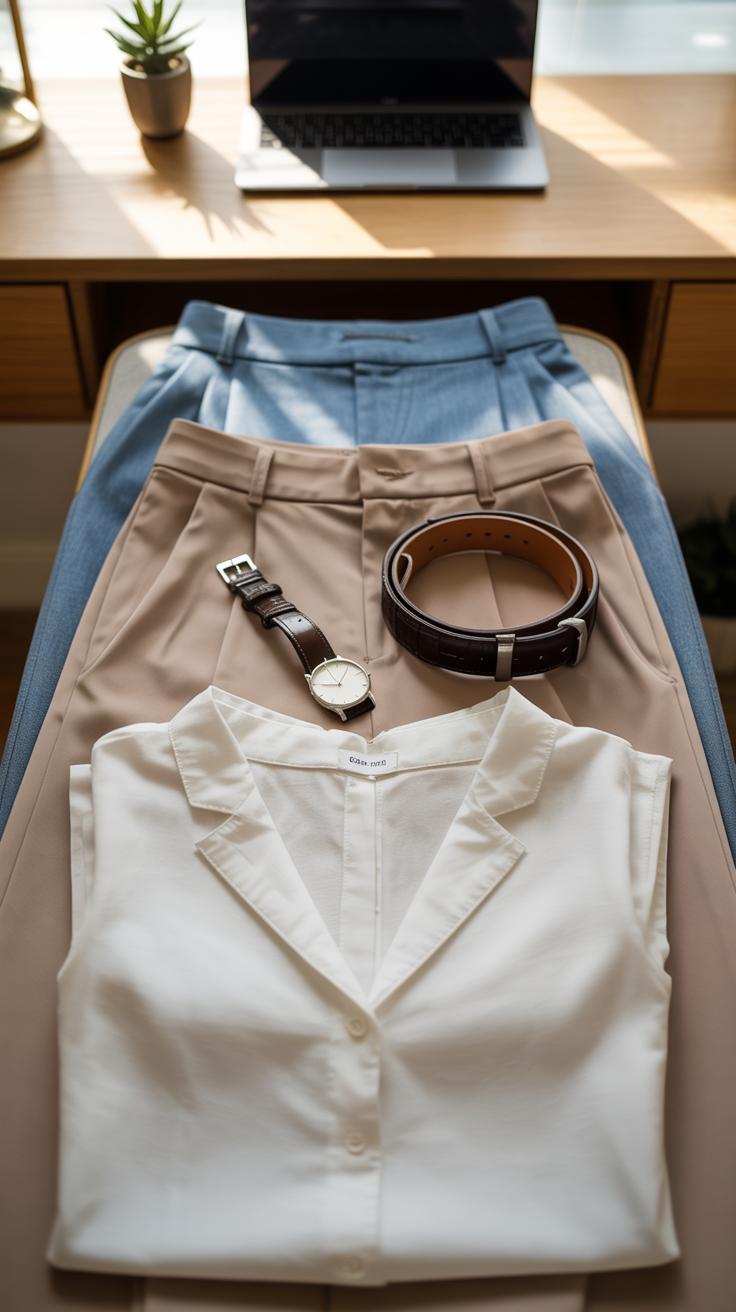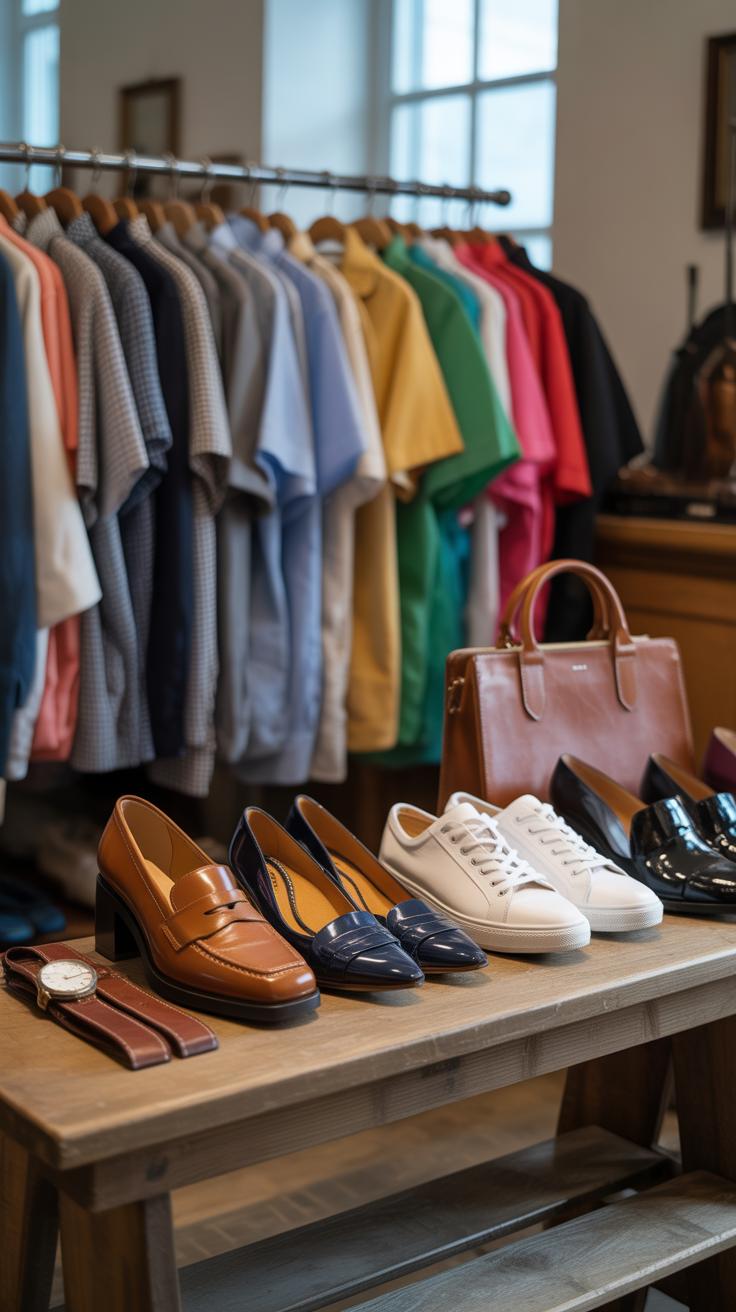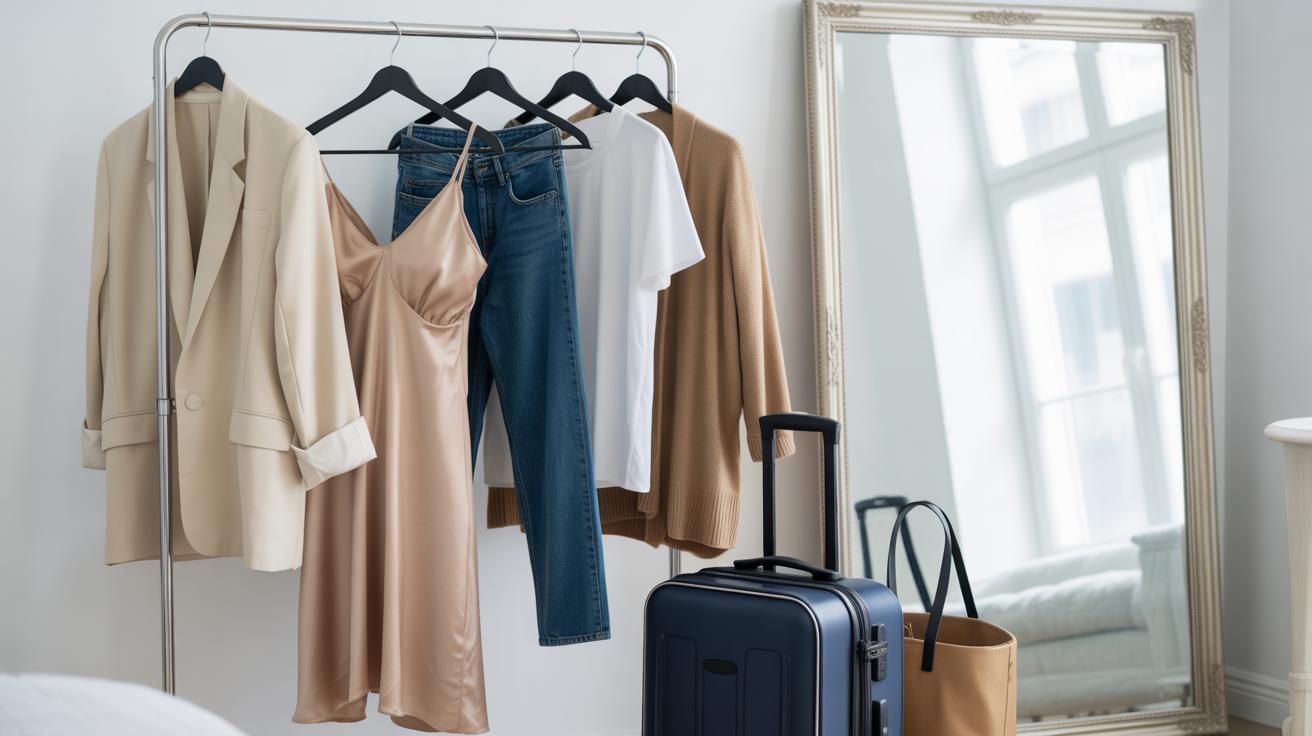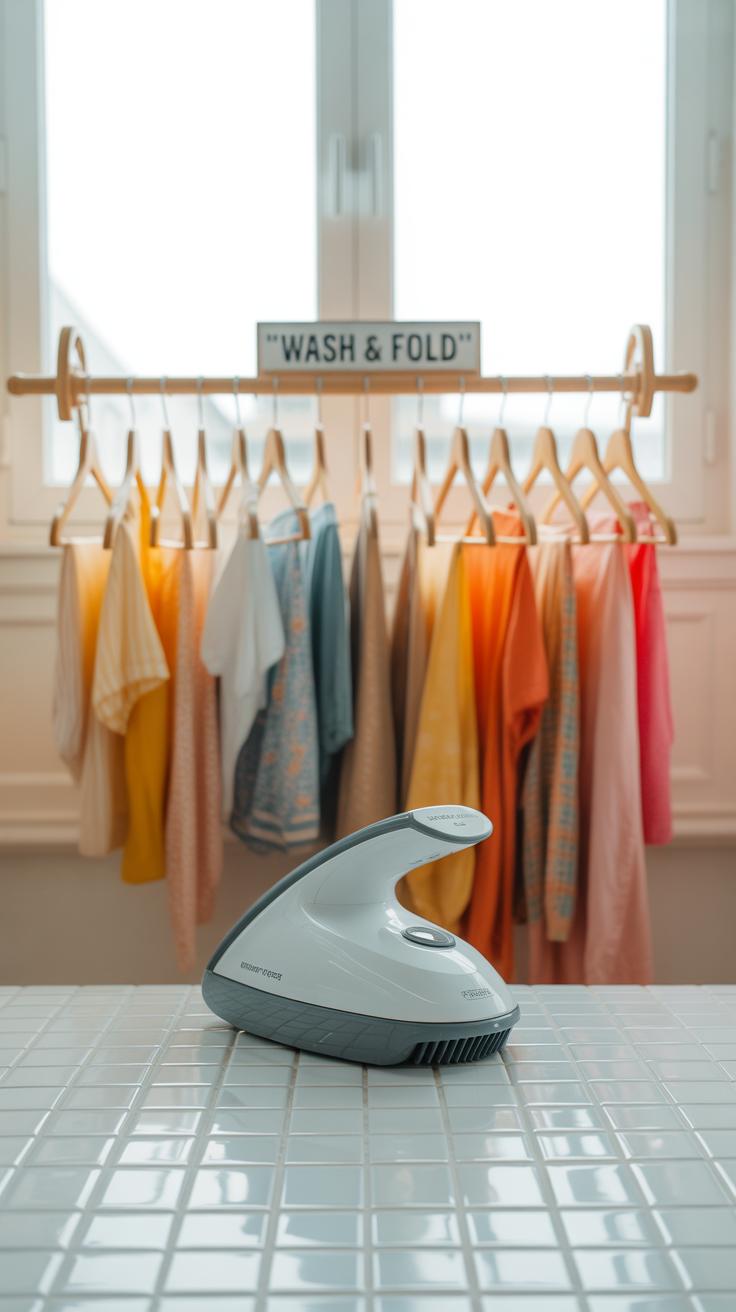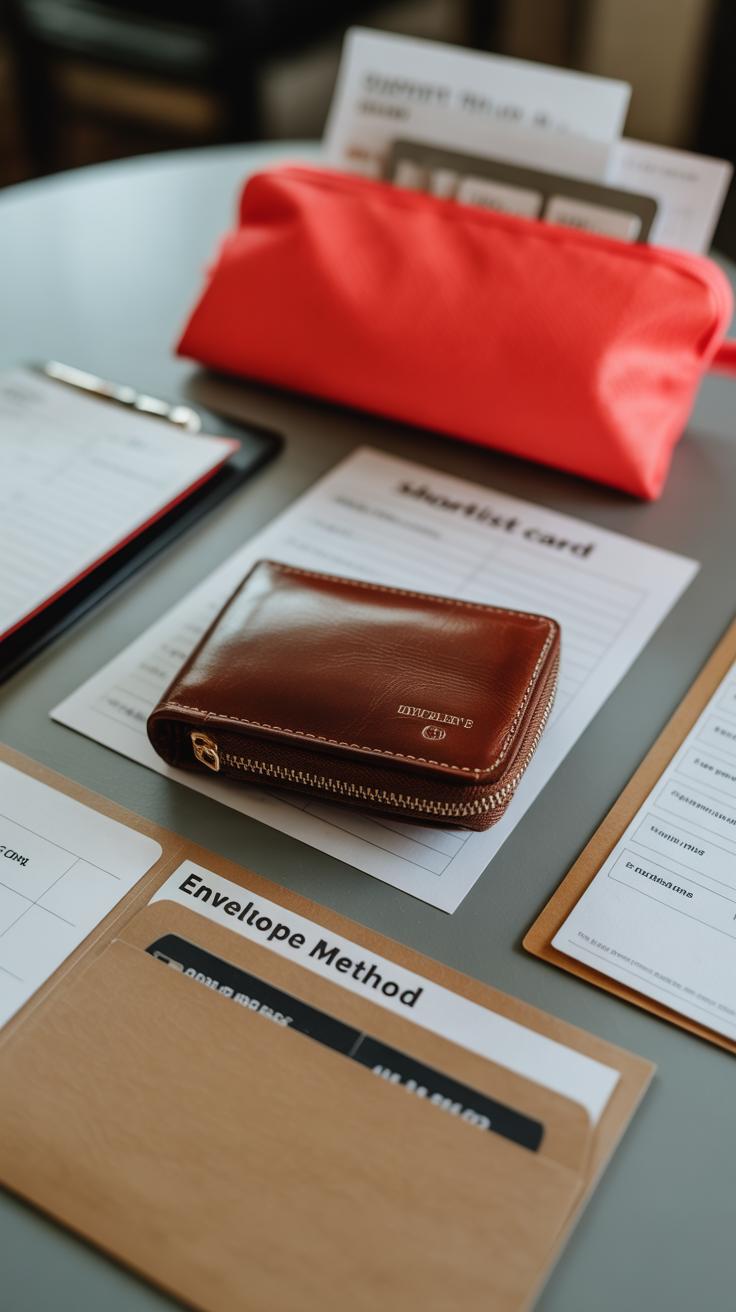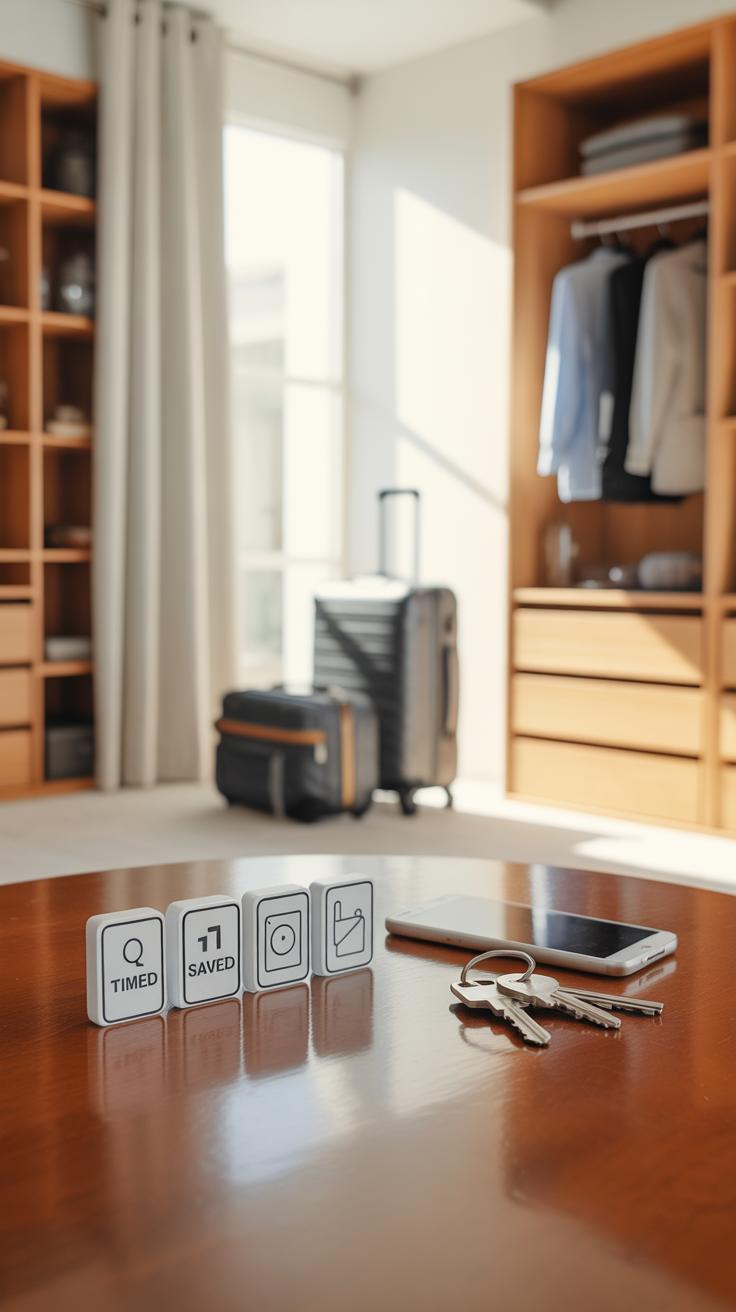Introduction
If you have a hybrid work schedule, balancing time between home and office, building a work capsule wardrobe can simplify your life. A capsule wardrobe is a small collection of clothes that mix and match well. This helps you create many outfits with fewer pieces. It saves time, money, and reduces stress when choosing your daily outfit.
In this article, you will learn what a work capsule wardrobe is. You will discover how to choose key pieces that fit different work settings, and how to plan your wardrobe around your hybrid schedule. Let’s explore how to create a practical, stylish, and easy-to-manage wardrobe that fits your work life perfectly.
Understanding the Capsule Wardrobe Concept
The idea of a capsule wardrobe dates back to the 1970s, credited largely to Susie Faux, who introduced it as a way to simplify dressing with a small, interchangeable collection of clothes. The basic principle is to own fewer pieces that work well together, offering more outfit options without overflowing your closet. I think this idea holds up more today, especially when life feels packed and chaotic.
At its core, a capsule wardrobe focuses on minimalism and versatility. You pick timeless, quality items that mix and match easily, so every piece complements the others. Instead of dozens of random clothes, you end up with a curated selection where anything you grab looks intentional.
Choosing a capsule wardrobe saves you time in the mornings—fewer decisions mean less stress. Your closet stops feeling like a messy jumble, which helps you find what you need faster. It also cuts costs; you buy less often and tend to invest in durable items rather than fast fashion. Of course, anyone juggling work, home, and everything else can benefit from these practical perks, even if it takes adjusting habits a bit.
Have you ever considered how much mental energy we spend just figuring out what to wear? With a capsule wardrobe, you trade that for simplicity and a bit more order. Maybe it’s not perfect for everyone, but it’s worth thinking about if you want fewer clothes and more ease.
How Hybrid Work Schedules Impact Your Wardrobe
Hybrid work schedules mean you’re not just dressing for one setting anymore. One day you might be in your home office, lounging comfortably but still needing to look put together for video calls. The next, you’re heading to a more formal office environment where the dress code is stricter. That back-and-forth challenges how you build your wardrobe.
It’s not enough to have just one style—your clothes need to work in multiple contexts. You’ll want pieces that look sharp on camera but also feel good when you’re sitting at your desk for hours. It’s a balancing act between comfort and professionalism, though some days it feels like you’re guessing what kind of mood your workday will be in.
So what does this mean for your wardrobe? Think adaptable layers, simple staples that switch moods with a change of shoes or accessories. A blazer can go over a soft knit top at home, then pair with tailored trousers for the office. Yet, sometimes you might prefer skipping the blazer at home, which is fine—what works, works.
Your wardrobe must bend to fit different days: casual virtual meetings, formal in-person presentations, and everything in between. Does that mean you have to buy twice as many clothes? Not really. It means choosing smarter and focusing on pieces that can cross boundaries without much fuss.
Choosing the Core Pieces for Your Work Wardrobe
When it comes to building your work capsule wardrobe for a hybrid schedule, picking core pieces that can shift between settings is key. You want items that look polished for the office but aren’t too fussy for home days, right? It’s a balance that might feel tricky at first, but focusing on versatility helps.
Staple Clothing Items for the Office
Start with tailored trousers—classic cuts in neutral colors like black, navy, or gray. They pair well with various tops and never really go out of style. A blazer is another must-have. It instantly lifts an outfit and works for meetings or walk-ins to the office kitchen. You might think a skirt is optional, but I find a simple midi skirt adds a nice mix to your rotation, especially if you want something lighter on warmer days.
For tops, blouses or well-fitted shirts make the cut. Look for breathable fabrics that don’t wrinkle too easily. Crisp doesn’t always mean stiff, and some soft textures manage to stay professional without feeling like a uniform. Oh, and having a few knit tops or lightweight sweaters for layering can save you on unpredictable office temperatures.
Comfortable Basics for Home Days
When working from home, comfort is king, but appearances still matter—video calls don’t pause for messy outfits. Choose pieces like tailored joggers or soft chinos instead of sweatpants if you want to avoid looking too relaxed. Pair those with simple, well-made tees, polos, or casual blouses that don’t scream “I just rolled out of bed.”
Cardigans or easy-on, easy-off sweaters offer warmth without heaviness. You can throw them over a plain shirt for a quick, neat look during calls. If you find yourself on frequent video meetings, a collared shirt with a softer knit might be your best bet. It feels comfortable but still signals “I’m ready” to that Zoom grid.
Choosing core pieces this way means your wardrobe stays focused but flexible. You don’t need to own a ton, just the right mix. It can be oddly satisfying when you realize a handful of items covers your every hybrid work need, though you might wonder if that’s too little or just enough. Either way, it’s a good starting point towards a simpler, less stressful wardrobe.
Building a Color Palette that Works
Picking a color scheme for your work capsule wardrobe isn’t just about looks. It’s about making your choices easy and your mornings less stressful. When colors coordinate well, you create more outfit options without needing a huge closet. Think about the effort saved when nearly everything pairs easily.
Selecting Neutral Colors
Neutral shades form the backbone of your wardrobe. Black, white, gray, and navy are classic examples because they mix and match with almost anything. For core pieces like blazers, trousers, or skirts, staying in this range keeps your wardrobe flexible. Navy might feel a little dull at times, but you’ll find it surprisingly versatile. Oddly, these neutrals sometimes feel plain, yet they offer the quiet stability needed for hybrid work settings where dress codes vary.
Adding Accent Colors
To avoid a wardrobe that feels too safe or monotonous, adding a few accent colors helps. These touches inject personality and break the monotony. Choose one or two shades that you naturally like or that suit your skin tone. Imagine a deep burgundy scarf or a soft pastel blouse—small pieces can uplift your whole look. Be cautious, though; too many accents might disrupt the ease of matching. The trick is balance—just enough color to brighten, not overwhelm.
Planning Your Wardrobe for the Week Ahead
When you juggle a hybrid work schedule, planning your wardrobe each week can save you from last-minute outfit scrambling. It’s not just about picking clothes; it’s about thinking through where you’ll be and what you’ll need for each day. You might have a video-heavy day at home, a client meeting in the office one afternoon, and a casual in-person workshop another day. Tracking these details ahead makes a surprising difference.
Understanding Your Weekly Schedule
Start by making a simple list or calendar note of where you’ll be working each day. Consider the possibility that your plans could change—sometimes meetings shift or you might decide to work remotely unexpectedly. Are there any important meetings, video calls, or in-person face-to-face days? Knowing this in advance helps you decide if comfort is your priority or if you’ll need to look polished for certain occasions.
Try keeping a running note throughout the week. It might feel like extra effort, but it trains you to be mindful of your wardrobe choices—not just react to them.
Prepping Outfits in Advance
Once your week’s locations and meetings are clear, pick specific outfits for each day and lay them out. Literally. Some find it easier to hang them up or set them on a chair. The idea is to reduce the morning stress of “What do I wear?” If you’re like me, deciding at 7 a.m. rarely ends well.
Include accessories and shoes in this prep. It can be tempting to ignore these details until last minute, but they matter for a cohesive look. For example, if Tuesday’s office meeting calls for a blazer and heels, have everything ready. On remote days, something comfortable but presentable—say a neat top with joggers—works fine.
What about days when you need to move between home and office? Planning layers or mixing pieces from your capsule can ease those transitions. You might want to prep a comfy base outfit, then add a jacket or statement necklace before heading out.
Looping back to this routine week after week can feel repetitive, but over time it builds a kind of wardrobe intuition. You may even start to look forward to the little pre-planning ritual, knowing it sets you up for success.
Mixing and Matching Your Capsule Pieces
When you have a capsule wardrobe, the magic really shows in how you combine a few key pieces. You might think it’s limiting, but actually, pairing different tops and bottoms can stretch your outfit options way further than you’d expect.
For example, a simple blouse can look fresh with tailored pants one day, then effortless with a pencil skirt the next. And don’t underestimate how a well-chosen top can change the whole feel of the outfit — a button-up shirt feels more formal, but swap it for a soft knit and suddenly you’re more relaxed. It’s not always about adding layers; sometimes just switching bottoms resets everything.
Layering brings even more possibilities. A jacket can sharpen your look or soften it depending on the style—think of a structured blazer versus a lightweight cardigan. Scarves and jewelry offer subtle changes that might be overlooked at first, but I’ve found a scarf can brighten a neutral palette more than you’d think. Throw on a bold necklace or simple studs, and suddenly your outfit tells a different story.
It’s almost like each piece has multiple personalities. Have you tried looking at your capsule wardrobe with fresh eyes? Mixing and matching isn’t just useful; it’s a way to keep your style feeling spontaneous even with fewer items.
Selecting Shoes and Accessories
Shoes and accessories do more than just finish an outfit; they quietly shape how professional you appear without you having to think too much about it. When building a work capsule wardrobe for a hybrid schedule, these details matter because they bridge your office-ready looks and more relaxed home days. Shoes, for instance, need to feel polished enough for meetings but not too stiff for casual Friday on Zoom. Accessories should add a touch of personality yet avoid cluttering what is meant to remain minimal.
Must-Have Shoes for Hybrid Work
Try to focus on shoes that can double up for different settings. Here are a few ideas that tend to work:
- Classic loafers – slip them on for formal days, and they’re comfy enough for home use.
- Low-heeled ankle boots – good for cooler days and elevate simple trousers or skirts.
- Minimalist sneakers – polished versions in neutral tones keep you casual but smart. I sometimes debate whether sneakers look too informal, but in many offices, they’re okay.
- Simple ballet flats – they feel feminine yet straightforward, bridging comfort and neatness.
One pair that’s surprisingly useful is a sleek slip-on shoe. No laces or buckles means less fuss, which can sometimes be just what you need before a quick video call.
Practical Accessories to Enhance Outfits
Accessories shouldn’t overpower a capsule wardrobe. Instead, they should quietly elevate. Think of a few go-to pieces you actually enjoy wearing. Some options include:
- A classic watch – it adds professionalism without much attention.
- Simple stud earrings – they refine your appearance but stay unobtrusive.
- A delicate pendant or chain – something small to keep things interesting but not flashy.
- A quality leather belt – practical and sharpens your silhouette.
If you prefer scarves, pick plain, lightweight options that add texture without loud patterns. And don’t underestimate the power of good-quality glasses or subtle hair accessories—they subtly enhance confidence but don’t demand lots of thought.
In the end, shoes and accessories complete your look, but they don’t need to shout. Sometimes less really is more, though I admit, I still catch myself tempted by that sparkly brooch. Maybe one day.
Maintaining Your Work Capsule Wardrobe
Caring for Clothes to Extend Life
Keeping your capsule wardrobe looking fresh means treating each piece with care. You don’t have to be obsessive, but little things make a difference. For example, washing clothes on gentle cycles or with cold water can preserve fabric and color longer. I remember once tossing a favorite blouse in the hot cycle—it faded faster than I expected.
Storing items properly matters too. Hanging delicate shirts on good-quality hangers, folding knitwear neatly, and avoiding cramming your closet helps keep everything crisp. You might want to invest in garment bags for seasonal pieces to protect them from dust. Simple upkeep like ironing or steaming can save you from buying replacements prematurely.
And don’t overlook small repairs like sewing loose buttons or fixing minor snags. These little fixes stretch the life of your wardrobe more than you’d guess.
When and How to Update Your Wardrobe
It’s hard to say exactly when to refresh your capsule pieces, right? You might notice thinning fabric, stretched collars, or persistent stains that cleaning won’t fix. Those are usually signals to replace an item.
But deciding what and when to swap out takes some thought. Rather than buying impulsively, consider the versatility of the new piece. Does it still fit your lifestyle and style needs? For example, if you switch roles or your schedule changes, that classic blazer might need rethinking.
Try to phase out old pieces gradually. Donate or recycle them if you can. This way you keep your wardrobe tight and functional without piling in extras that don’t get worn. It’s a balance between being practical and resisting the urge to accumulate more.
Managing Your Wardrobe Budget
Building a work capsule wardrobe without blowing your budget takes some careful planning—and maybe a little patience too.
First, think about quality over quantity. Investing in well-made basics might seem pricey upfront, but those pieces tend to last and maintain their look much longer than cheaper alternatives. You’ll find yourself buying fewer replacements and avoiding fast fashion quick fixes. A crisp, well-stitched blazer or a sturdy pair of trousers can hold their shape through many wears. Doesn’t that feel like a smarter way to spend?
Still, it’s easy to get distracted by “must-have” sales or trendy finds that don’t really fit your capsule. Impulse purchases creep in when you’re tired, bored, or scrolling mindlessly online. A helpful trick is to pause and ask yourself if the item you’re about to add truly fits your wardrobe plan. Can you mix it with several existing pieces? If not, it probably isn’t worth the space or money. Sometimes I’ve bought what I thought was a great deal—only to barely wear it because it didn’t match anything else. Maybe you’ve had that happen too.
Try making a list of the items you actually need before shopping, then stick to it like a rule. Budget for shopping, but keep most of your funds reserved for those foundational pieces that will carry you through the weeks ahead.
Benefits of a Capsule Wardrobe for Your Life
Having a capsule wardrobe for hybrid work and everyday life offers practical perks that you might not expect at first. It cuts down the endless debate every morning about what to wear. When your choices are limited but well-curated, decision-making becomes almost automatic. You wake up, pick an outfit, and move on—no stress, no second-guessing. This alone can free up time that feels surprisingly precious, especially when juggling work and home life.
But beyond just saving time, the simplicity of a capsule wardrobe changes how you feel throughout your day. When everything fits together and suits different settings—whether a formal Zoom call or an in-person meeting—you’re less likely to worry about whether your outfit matches the occasion. That readiness translates into a steadier kind of confidence, the kind that quietly makes you feel prepared rather than wearing armor for battle.
Think about walking into your workspace knowing you look put-together without much effort. It’s a subtle boost that can shift your mindset, making you more comfortable and focused. Plus, having fewer, well-chosen pieces means your wardrobe is easier to maintain and actually reflects your style—something that often gets lost with overwhelming options. It might sound simple, but feeling aligned with what you wear can have a surprising impact on how you approach daily challenges.
Conclusions
A work capsule wardrobe helps you look good and feel confident, whether you are at home or in the office. By focusing on a small set of key pieces, you spend less time deciding what to wear. You also spend less money on clothes you don’t need. With a clear plan, your wardrobe becomes easier to manage and more versatile.
Consider the clothes that fit your schedule, personality, and work demands. Choose items that match well and suit your comfort. This simple approach can save time and simplify your life as you move between home and office. Start building your work capsule wardrobe today and enjoy the ease of stylish dressing every day.


